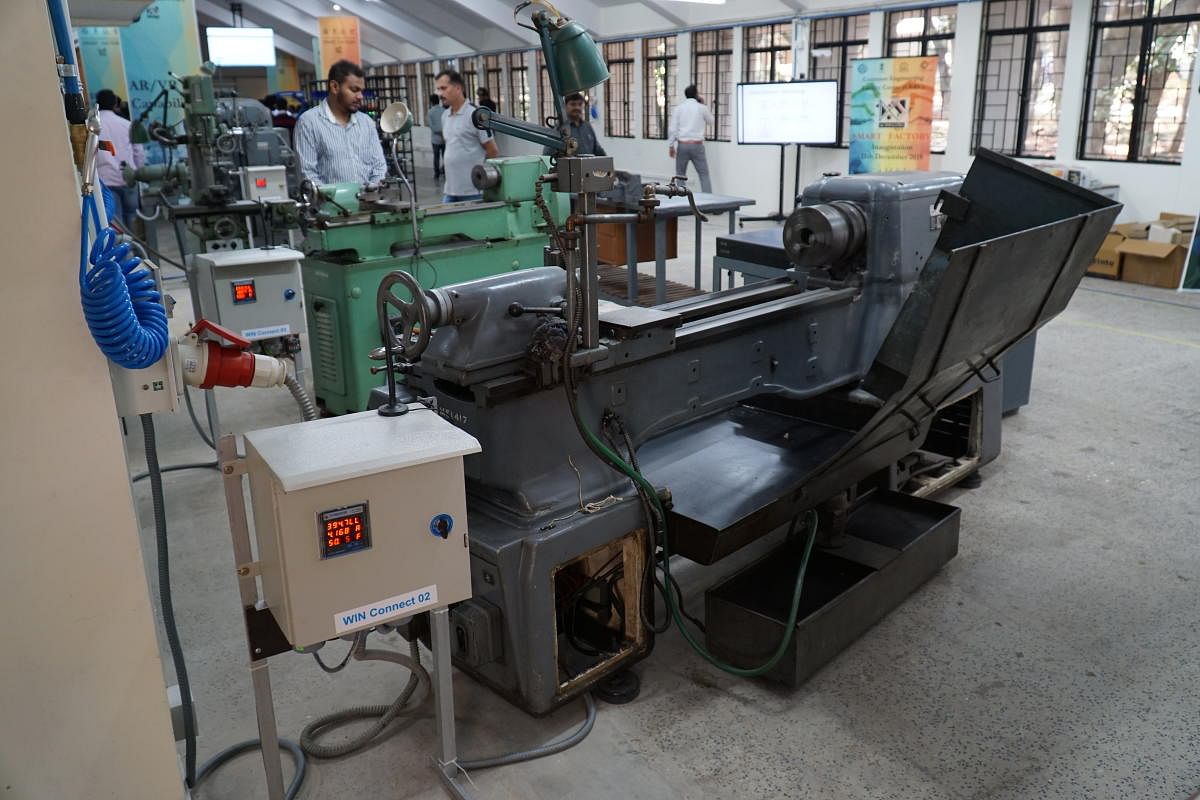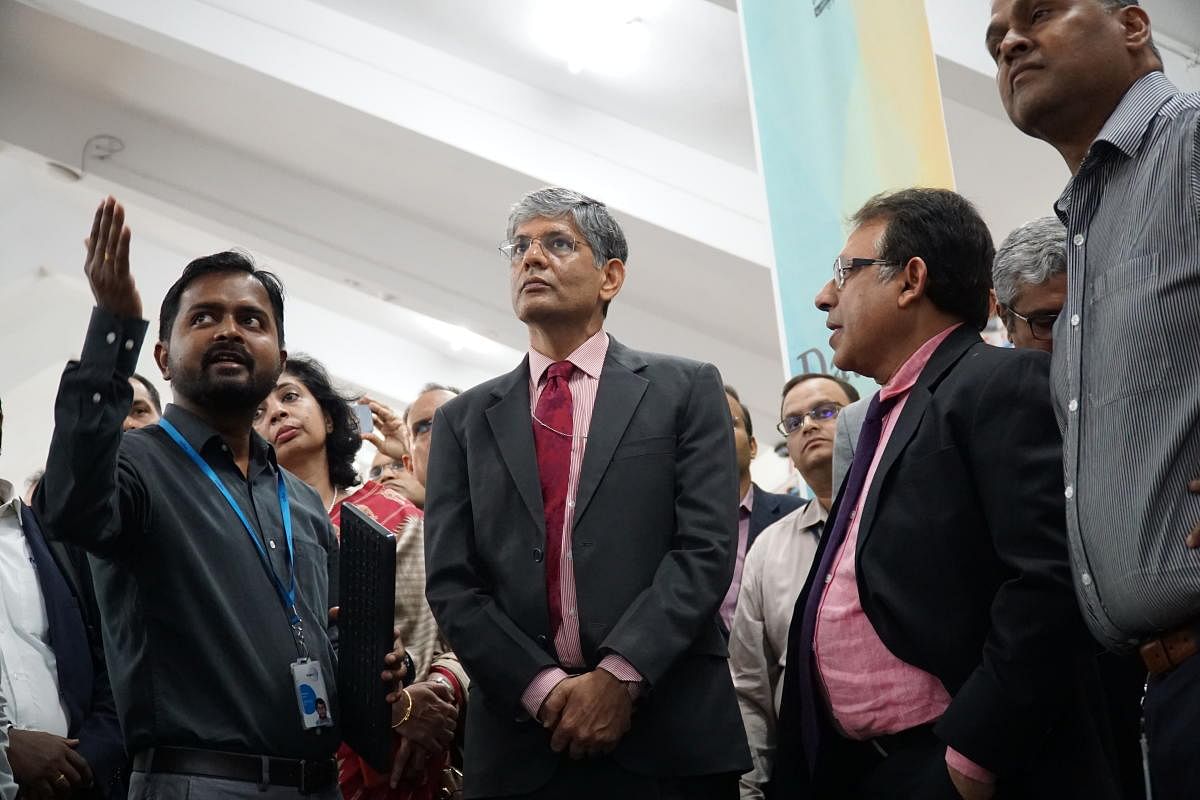

With China vastly outstripping India in robotic automation, the Indian Institute of Science (IISc) kick-started a new technology demonstration facility on Friday to help local manufacturing reach ‘Industry 4.0’ levels.
The term ‘Industry 4.0’ originated in 2011 as a result of a high-technology strategy by the German government which envisioned the computerisation of manufacturing.
“Unfortunately, (the) Indian industry is lagging behind because much of our equipment are legacy machines. Robotic automation is almost unheard of,” said Venu A, project manager of the facility, which IISc calls the Common Engineer Facility Centre (CEFC).
According to G Sundaraman, Senior Vice President of Wipro’s Automation Solutions, which helped set up the CEFC, India has only 5,000 robots in industrial applications while China has 200,000.
The CEFC, which was funded by the Department of Heavy Industries (DHI) at a cost of Rs 25 corer, aims to change those dynamics by offering startups and MSMEs robot automation solutions. Dr Shankuntala Acharya, a postdoctoral fellow, the architect of the facility, said that the centre was designed to show MSMEs the degree of automation which is possible.
One half of the lab comprises old “legacy” machines which Wipro had outfitted with data sensors to make them “smart”, while the other half of the lab showcases advanced autonomous machinery and smart factory solutions devised by IISc.
Among these are robotic arms controllable through eye movements, drones to monitor assembly lines, a new method of manufacturing compact circuit boards using 3D metal printing and a system to mitigate work-related musculoskeletal disorders created by poor workplace postures.
A R Sihag, Secretary, DHI, who inaugurated the facility, said the centre would afford capacity-building to manufacturing.
'Robots in the classroom'
For children with cerebral palsy at a special needs school in Chennai, the freedom to move an arm or turn their heads is a luxury most have been deprived of, for as long as they could remember. A new invention intended for the industrial sector, however, could change all that.
Among the IISc innovations under development at the CEFC is a robot arm which can be controlled through eye gestures. Vinay Krishnasharma, a PhD student at IISc, who helped devise the system, said that the project was initially borne to fit an industrial application but its testing at the special needs school recently showed its value in social areas as well.
The children could use the system to perform a variety of tasks.